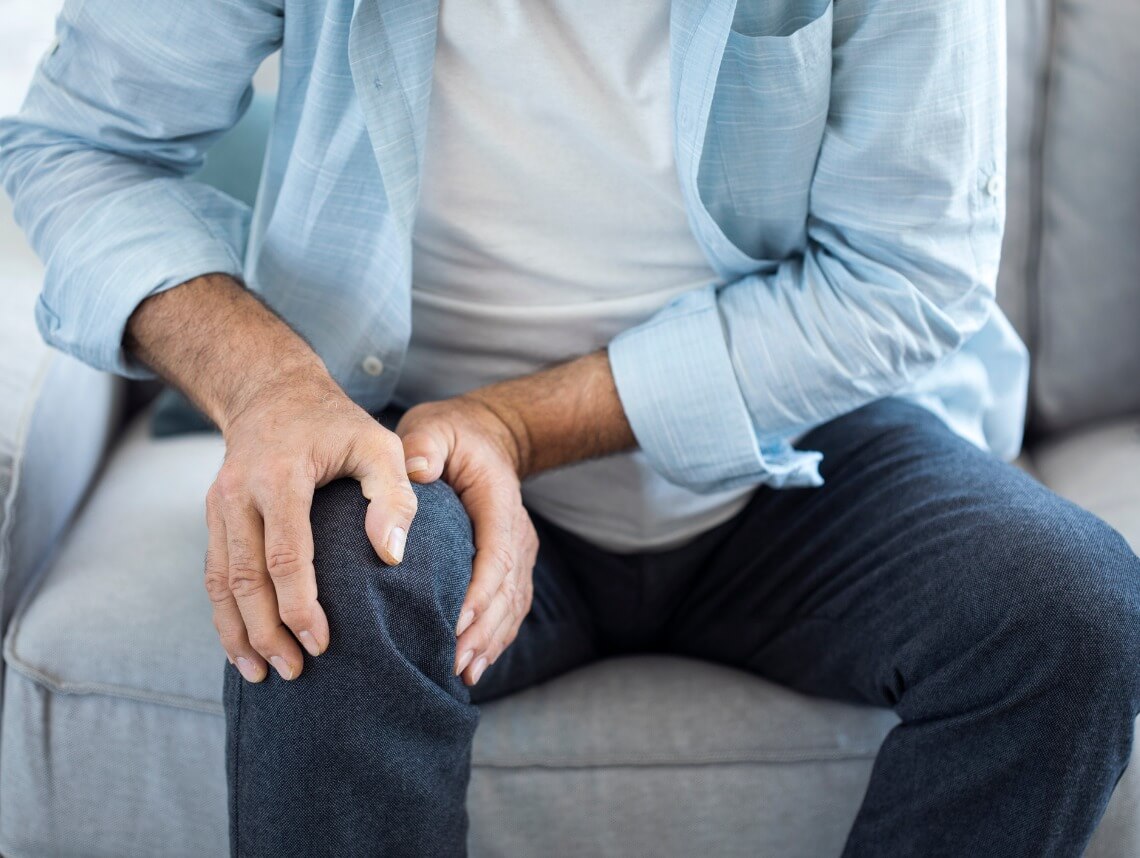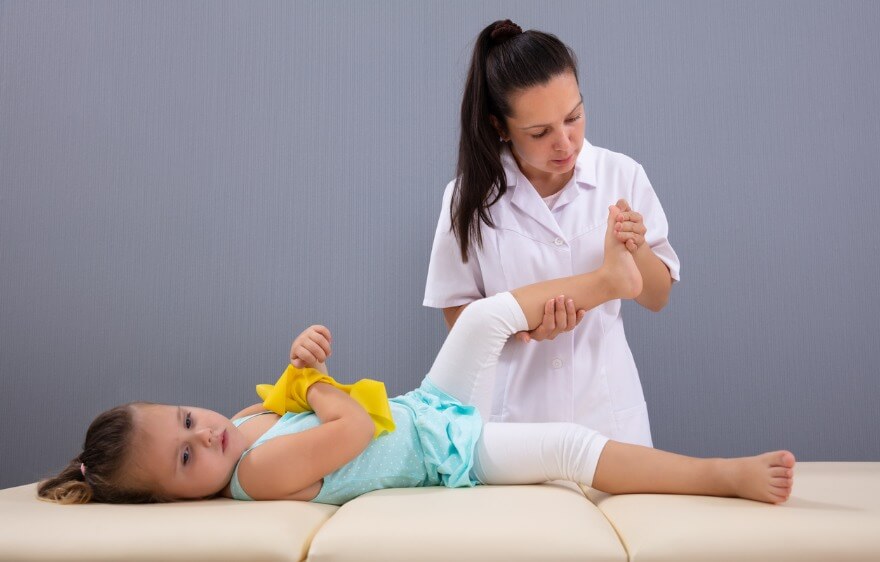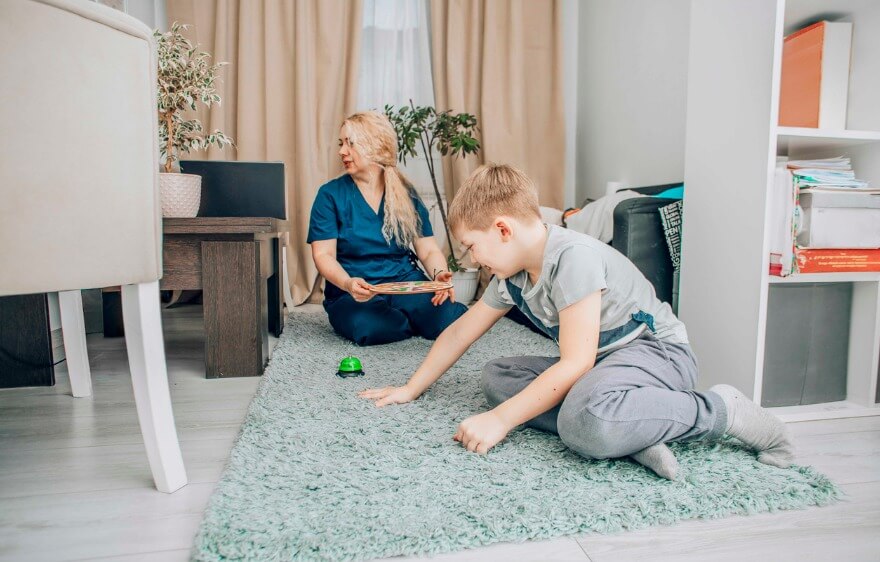Aches and pains are often associated with aging. People might chalk them up to arthritis without ever seeing a doctor for a diagnosis.
In some cases, it may be appropriate to treat joint pain at home, and joint pain is rarely considered an emergency situation if it was not caused by an injury. But, when should you consult your elder parent’s doctor about joint pain?
What to Watch For
First, you might be surprised to know that your parent’s doctor will not diagnose them with “arthritis.” That’s because arthritis is not a condition, but rather a term for a group of more than 100 conditions that affect the bones and joints.
For that reason, if your parent is experiencing what people generally think of as arthritis symptoms, it’s a good idea to see a doctor to determine what kind of arthritis they have and what can be done to treat it.
Some types of arthritis can be debilitating or cause deformity and permanent damage. If your parent has one of those conditions, getting care early is important to prevent serious problems.
Symptoms of Arthritis
Some general symptoms of arthritis conditions to watch for include:
- Tender, painful, or stiff joints.
- Redness or swelling around a joint.
- Joints that feel warm when you touch them.
- Trouble moving a joint.
When to See a Doctor for Arthritis Pain
If your parent is experiencing arthritis symptoms, it is a good idea to contact their doctor in the following situations:
- Your parent has been having arthritis symptoms for three or more days.
- Your parent is having joint problems several times in a one-month period.
- Your parent’s joint pain is accompanied by swelling, redness, or warmth.
Managing Mild Arthritis Pain at Home
If your parent has already been diagnosed with an arthritis condition and is experiencing mild pain, doctors at the Mayo Clinic say that it is okay to manage the pain at home. Some ways to deal with mild pain at home are:
- Rest the joint and avoid activities that cause pain.
- If the doctor has approved over the counter pain medications for your parent, they may help reduce pain.
- Apply a cold pack to the area. A bag of frozen peas works well if you don’t have a cold pack. This should be done for 15 to 20 minutes a few times per day.
- Take a warm bath or use a heating pad to improve circulation and soothe the joint.
Contact Care Options for Kids For Home Health Care
If you are considering home health care services, contact the caring staff at Care Options for Kids. Call today at (888) 592-5855.






